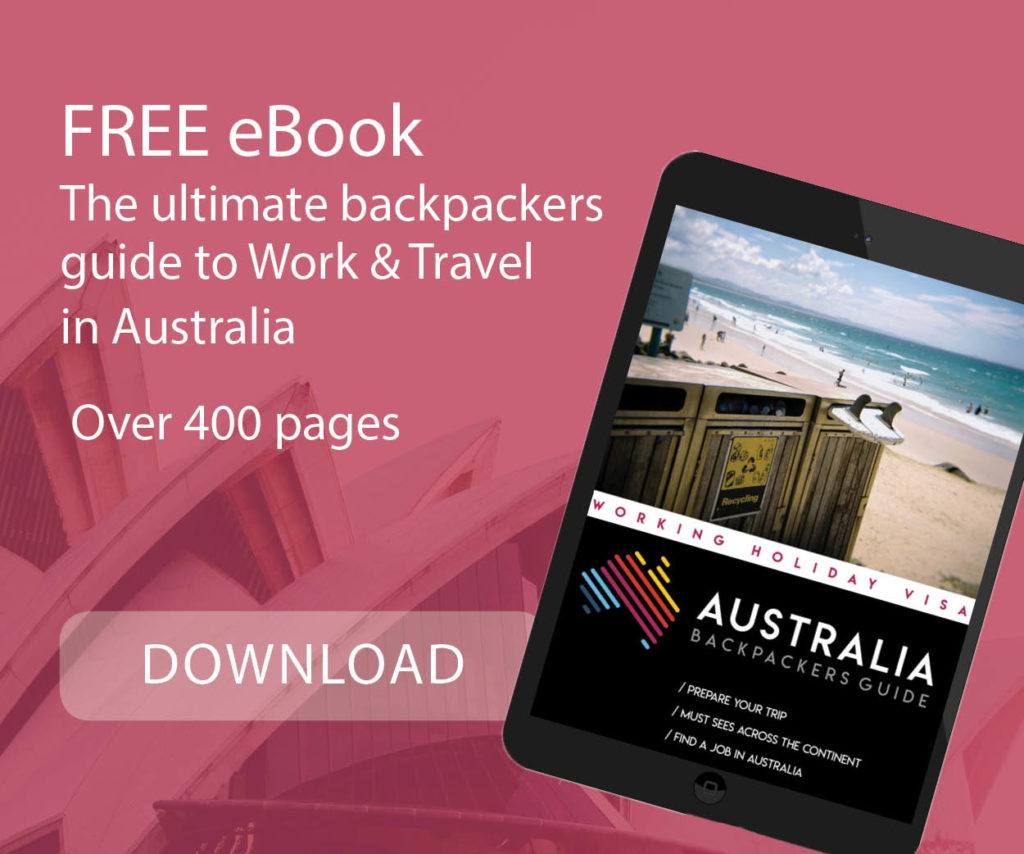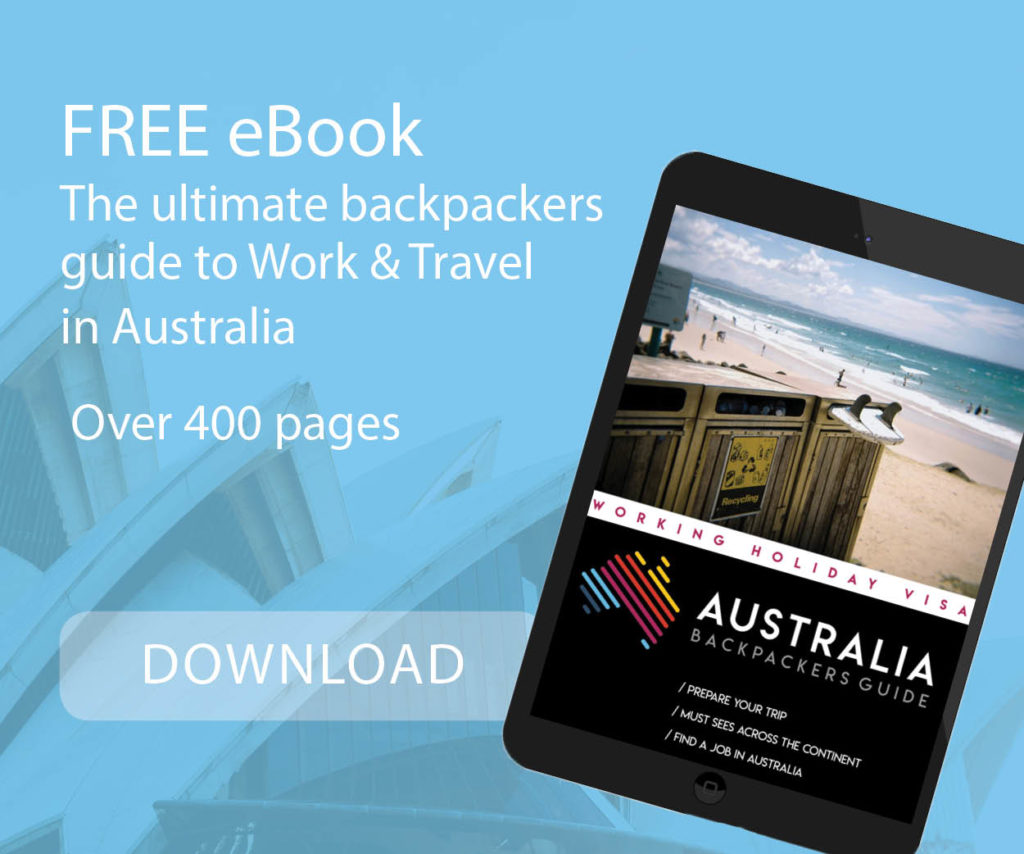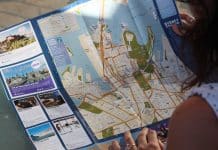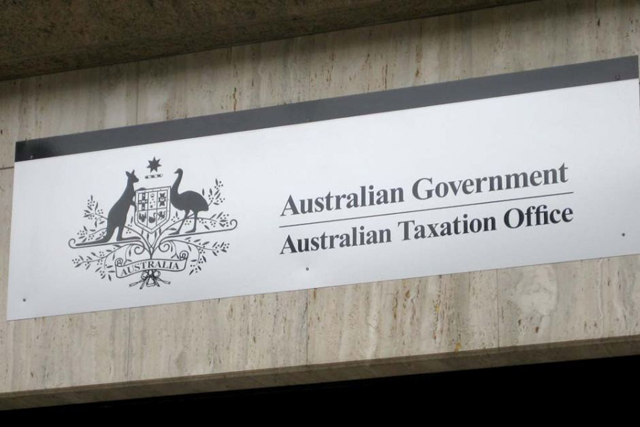
The Goods and Services Tax (GST) is still a flat 10 % in 2025, but the digital tools to register, report and claim refunds have changed. Whether you’re a Working‑Holiday maker freelancing on an ABN or a traveller eyeing duty‑free savings, this guide explains the latest thresholds, BAS deadlines, Tourist Refund Scheme tweaks and AI invoicing rules.
Table of Contents
What is GST?
GST is a value-added tax of 10% on most goods and services sold or consumed in Australia. It is similar to the VAT system used in many other countries. GST is designed to be borne by the end consumer, with businesses acting as intermediaries who collect and remit the tax to the Australian Taxation Office (ATO).
How GST Works
GST is applied at each stage of the production and distribution chain. Businesses charge GST on the goods and services they sell (output tax) and pay GST on the goods and services they purchase (input tax). They can claim credits for the GST paid on business-related purchases, which are known as input tax credits.
Generally, businesses and other organisations registered for GST will:
- include GST in the price they charge for their goods and services
- claim credits for the GST included in the price of goods and services they buy for their business.
Businesses that are registered for GST must charge an additional 10% on the price of their goods and services. They can claim a credit for the GST they paid on their business expenses, such as rent, equipment, and supplies.
Example:
- A manufacturer sells goods to a wholesaler for $100 plus $10 GST (total $110).
- The wholesaler sells the goods to a retailer for $150 plus $15 GST (total $165).
- The retailer sells the goods to the end consumer for $220 plus $22 GST (total $242).
At each stage, the GST collected on sales is offset by the GST paid on purchases, with the net amount remitted to the ATO.
The government website provides a calculator to help you make sure you are doing the right calculation. Simply enter your amount without GST and you will get your final rate with an extra 10%.
Taxable sales
The price of these sales includes GST in its price. The sale must be made in the course of operating your business and must be connected to Australia.
Partly taxable sales
If your sale can be separated into identifiable parts and any of those parts are GST-free or input-taxed, the sale is partly taxable. You only need to pay GST on the taxable part of the sale.
GST-free products and services
Most basic foods, some education courses and some medical, health and care products and services are GST-free, often referred to as exempt from GST.
Here are some things that are GST-free:
- most basic food
- some education courses, course materials and related excursions or field trips
- some medical, health and care services
- some menstrual products
- some medical aids and appliances
- some medicines
- some childcare services
- some religious services and charitable activities
- water, sewerage and drainage
- international transport and related matters
- precious metals
- sales through duty-free shops
- grants of land by government
- farmland
- international mail
- exports.
Who must Register for GST in 2025?
Not every business needs to be registered for GST, but penalties may apply if you fail to register for GST when required to do so. Before you register for Standard GST, you need to have an Australian business number (ABN).
| Situation | Threshold | Deadline to register |
|---|---|---|
| Running a business (sole trader, company) | Turnover ≥ A$75 000 in any 12‑month period | Within 21 days of exceeding threshold |
| Ride‑share / taxi drivers (Uber, Didi, Ola) | No threshold – register from day 1 | Before your first trip |
| Not‑for‑profit orgs | ≥ A$150 000 turnover | Within 21 days |
| International e‑services to AUS consumers | ≥ A$75 000 worldwide to AUS customers | Same |
Once you are required to register for GST, you need to do so within 21 days.
You only need to register for GST once, even if you operate more than one business.
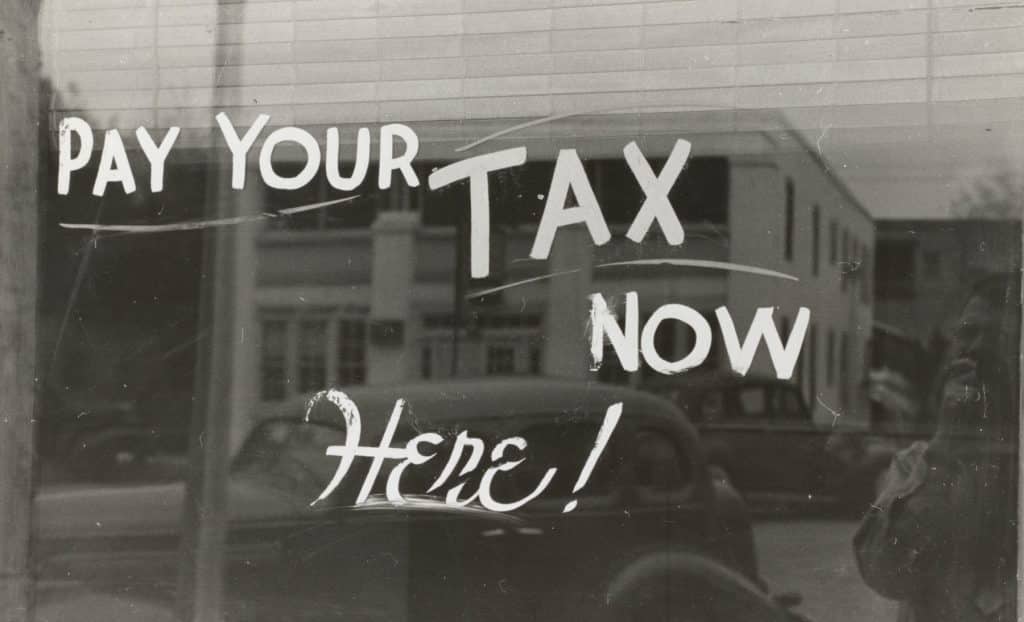
How to register for GST?
- Get an ABN at abr.gov.au (free).This is an 11-digit number that identifies your business with the Australian government. Once you have this number, you can register for GST.
- Set up myGovID (digital ID) on your smartphone.
- Log into the ATO website – Online services for business and choose “Register for GST”.
- Select your accounting method: cash (pay when you receive/ pay) or non‑cash (accruals).
- Choose your reporting cycle (monthly, quarterly, annual).
Please note: For freelancers, once you register for GST, you will then have to include the tax (10%) in the price you charge to your clients. You will also be able to claim back GST on products or services you purchase for your business.
Cancelling : Deregister within 21 days if turnover drops permanently below threshold.
Submit a BAS
Registered businesses must include GST on their invoices and record their GST transactions in their accounting system. They must also submit a Business Activity Statement (BAS) to the ATO either monthly, quarterly, or annually, depending on their turnover.
You can do this online, by post, through your tax agent or your BAS agent, or by phone (☎ 13 72 26: only if you have nothing to declare for a particular period).
First of all, you should be aware that the frequency of your GST return and payment will depend on your turnover. Your return will be made either:
- Monthly ($20 million or more),
- Quarterly (under $20 million), or
- Annually (less than $75,000 or $150,000 for non-profit organisations).
Depending on your situation, you can apply to change the frequency. This change can be made for a variety of reasons, in particular, to facilitate your payment.
BAS lodgement & payment dates 2025
| Period | Due date (paper) | Due date (online) | Auto‑extension via tax/BAS agent |
| Q1 (1 Jul – 30 Sep) | 28 Oct 2025 | 11 Nov 2025 | 25 Nov 2025 |
| Q2 (1 Oct – 31 Dec) | 28 Feb 2026 | 28 Feb 2026 | 25 Mar 2026 |
| Q3 (1 Jan – 31 Mar) | 28 Apr 2026 | 12 May 2026 | 26 May 2026 |
| Q4 (1 Apr – 30 Jun) | 28 Jul 2026 | 11 Aug 2026 | 25 Aug 2026 |
Claim back GST on your purchases in Australia
For businesses
If you are a registered business, you can claim a credit for the GST you paid on your business purchases in Australia. This includes goods and services that you use in your business, such as office supplies, rent, and equipment.
For individuals
Sometimes you will hear about GST in relation to your purchases of goods in Australia. Indeed, if you have made purchases while in Australia, it is possible to get a tax refund on them. The Tourist Refund Scheme (TRS) allows you to reclaim the tax (GST), i.e. the VAT paid on the purchase of certain items (not only electronic) bought in Australia and taken out of the country. You will need to leave Australia with these goods and have them in your hand luggage when you go to the counter for the refund (with some exceptions).
If you are a tourist and therefore not living in Australia permanently, you can claim a refund of the GST when you leave the country.
Tourist Refund Scheme (TRS) 2025 updates
| Rule | 2024 | 2025 change |
| Minimum spend | $300 (same store) | Unchanged |
| Claim window | Within 60 days of purchase | Extended to 90 days July 2025 |
| Digital queue | Trial at SYD/MEL | Full rollout to BNE, PER, ADL |
| E‑receipt upload | Beta | Official via TRS SmartGate app |
Read also : Get your GST back when leaving Australia





